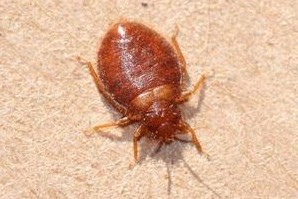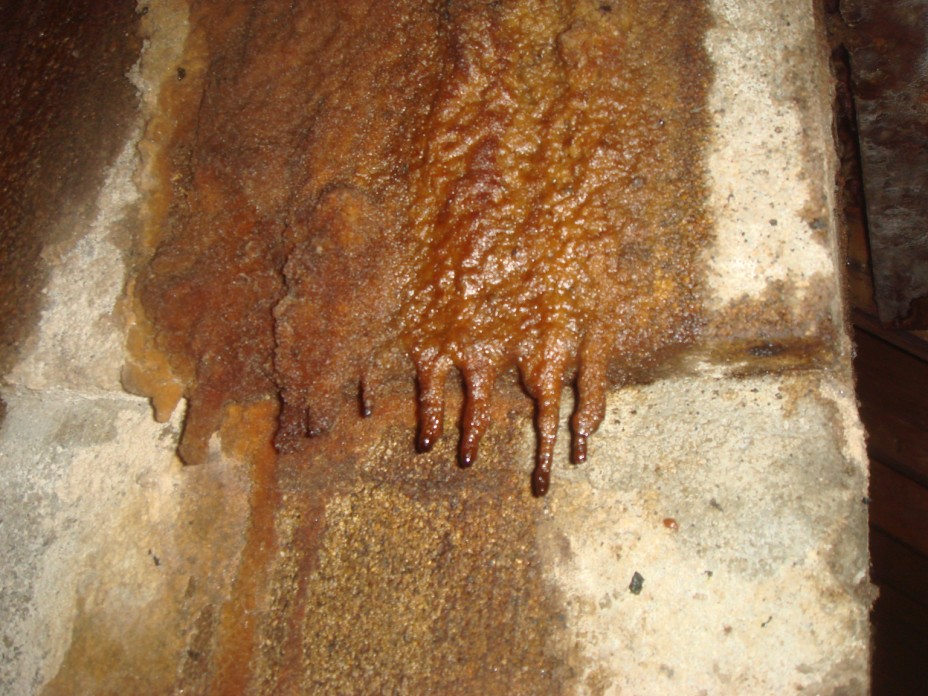


The nymph requires a steady supply of blood meals to develop into an adult bug. In a few weeks, the eggs hatch into a nymph. The eggs are laid in the bat nests or cracks and crevices where the bat bugs hide. In favorable conditions, a bat bug can survive a whopping 12 months without food. Typically they lay hundreds of eggs at a time. Now, female bat bugs need to feed to lay eggs. The life cycle of bat bugs starts with the female bat bugs laying eggs. As such, the best way to tell them apart is to use the physical features as viewed under a microscope. If bats in your area (or in your attic) have relocated for whatever reason, bat bugs can relocate to mattress seams, bed joints, and closets just like common bed bugs. While most pest control experts say you can know what type of bed bug you are dealing with from the choice of its hiding place, it is not an accurate method of distinguishing the two. Under a microscope, bat bugs differ from common bed bugs because they have long hairs on the thorax and abdomen in comparison to bed bugs.
#BAT BUGS SKIN#
Moreover, their mouthparts are specialized to pierce through the skin without being detected. Their heads and thoraxes are tiny in comparison to the abdomen. And unlike what most people think, bat bugs can be seen with the naked eye (just like ticks, mosquitoes, and fleas). Adult bat bugs move slowly and can grow up to 5 mm in length. However, their color changes to a deep red after they are done with feeding. Generally, their bodies are tiny, oval-shaped, and appear flat. As such they have a head, thorax, abdomen and six legs. Let’s start by describing the general appearance before we move to the differences. You can’t pick out the differences between the two unless you use a magnifying glass and know what you are looking for. Given that they fall under the same family, bat bugs look like bed bugs. Bat bugs look like bed bugs, but with subtle microscopic differences They prefer to hide in the bat nests and other crevices close by. They come out to feed when hungry and retreat to their hiding places when they are full. They love being close to their source of food. The common bed bug comes out to feed at night between 12 midnight, and 5 am and then crawls back to the dark crevices and joints close to the food source (usually the bed, mattress, and closet).īat bugs behave in the same way. They feed differently, more like mosquitoes. Since common bed bugs feed on human blood, do they live on humans? Of course not. Most people think that bat bugs live on bats.

Now, the fact that they are called bat bugs and prefer bat blood can be a little misleading. But as mentioned above, in the event they move away, the bat bugs will relocate to other spots like living room furniture, beds, and mattresses. The environment around them is perfect and crucial for their survival. When they are forced to, in the sense that the bats living close to your home or in your home relocate they will turn to human blood for survival – think of it like you turning to your worst kind of food when you hit rock bottom, and nothing else is available.īut why do the bat bugs prefer bats? Like with everything else in nature, there is a logical explanation for this.īat bugs need bats to reproduce. They love bat blood, hence the name ‘bat bugs.’ But make no mistake. But before you freak out, the bat bugs don’t have the taste buds for human blood. They are true insects and very close relatives for common bed bugs in this light. How so? Well, biologists classify these bugs under the family Cimicidae. And without much ado, below are the top facts about bat bugs you should know: 1. In this piece, we shall decipher what bat bugs are and help you determine what is true and what is not. And even worse, you can find them in your place of work or at home, especially if you live in the Midwest US. Bat bugs sound like mythical creatures or the kind of creatures you’d expect to see in horror movies like the mummy hidden in ancient caves in the Egyptian pyramids.


 0 kommentar(er)
0 kommentar(er)
